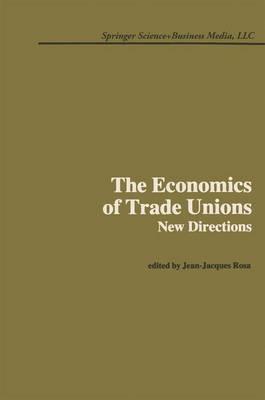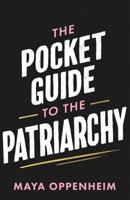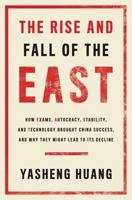Publisher's Synopsis
The crisis in trade unionism is now a prevailing concern in the United States, as well as in Europe. Its main symptom is, of course, the decrease in union membership. Still, other, less observable elements account for the concern, namely the obsolescence of discourse, the decrease of militant motivation, and the question of efficiency of strikes or collective bargaining. One must keep in mind, however, that trade unions will evolve differently from one country to another. What we know about trade unions has changed over the years. We can now more accurately assess the effects of union action, especially with regard to labor market, wages, and productivity. This book adds to the assessment by integrating the new theories of organizations, contracts, and property rights. In doing so, we shift from a study of markets to one of hierarchies. Thus, the current literature comes back to its sources (but with improved analytical instruments) by returning to the Ross-Dunlop debate on the nature of the trade union. This more complex outlook of trade unions as an organization-not only as an abstract or bodyless supplier of monopolistic labor-allows one to understand better the apparent differences between unions (mainly American) whose action is oriented towards work relation ships and labor contract management and unions (European or "Latin") who are closer to a pressure group wielding power on the political front.












